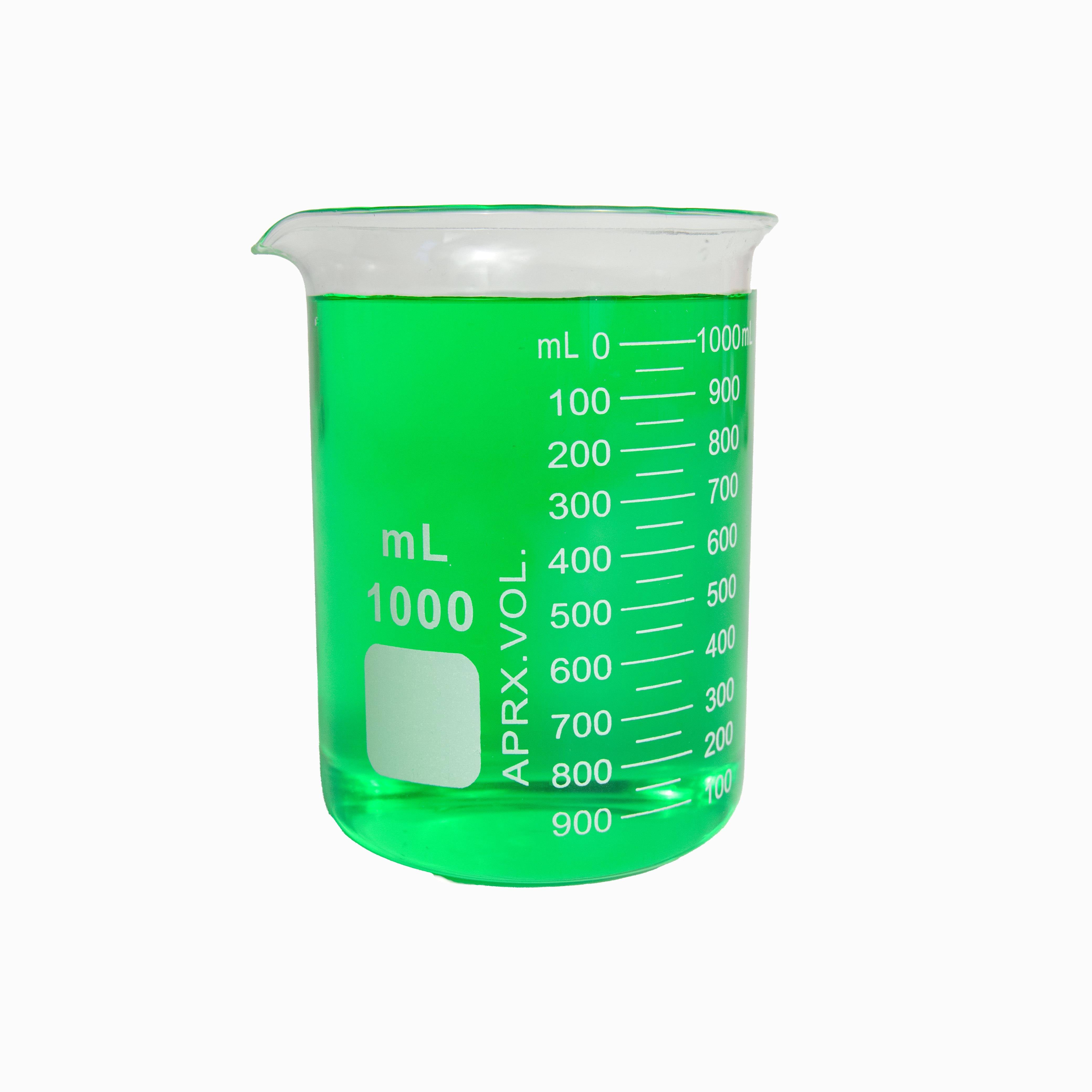“Sound” is not as simple as it sounds. It is full of hidden properties just waiting to be explored by young scientists. Sound has frequency, amplitude, wavelength, speed and many other properties all waiting to be explored. As a young scientist you can try some of these experiments in a mini laboratory in your backyard.
Below are 5 easy-to-do experiments that you should try – just some education and lots of fun!
1. Sound Wave Visualizer with Cornstarch and a Subwoofer
If you’ve ever wanted to "see" sound waves, this experiment is your chance. The experiment uses cornstarch, water, and a subwoofer to create a visual effect of sound in action.
What You Need:
- A subwoofer or a powerful speaker
- Cornstarch (about 2 cups)
- Water
- A mixing bowl
- A plastic tray or shallow dish
- Plastic wrap or a thin balloon
Steps:
- Mix the Cornstarch Solution: Combine two cups of cornstarch with one cup of water in the mixing bowl. Stir until it’s smooth.
- Prepare the Subwoofer: Place the subwoofer on the ground. Cover the speaker cone with plastic wrap or stretch a thin balloon over it to protect it from the mixture.
- Pour the Mixture: Pour a small amount of the cornstarch solution onto the covered subwoofer. Spread it evenly in a thin layer.
- Play Some Bass: Turn on the subwoofer and play a low-frequency sound or bass-heavy music. Watch as the oobleck starts to dance and jump, forming spiky patterns. The sound waves’ vibrations cause the liquid to move in sync with the sound frequencies.
What’s Happening? Sound waves travel through the speaker, vibrating the surface and making the cornstarch mixture dance. It’s a way to see sound wave frequencies in action.
2. Singing Pipe: Exploring Resonance with a PVC Pipe
Resonance makes objects vibrate at specific frequencies. With just a PVC pipe, you can create a simple, resonant instrument using your voice and breath.
What You Need:
- A 2-3-foot-long PVC pipe (1-2 inches in diameter)
- Your voice and breath
Steps:
- Position the Pipe: Hold the pipe vertically, with one end near your mouth and the other end pointing downward.
- Create Sound: Sing a note or blow across the top of the pipe. Adjust your pitch until you find the pipe’s resonant frequency.
- Find the Sweet Spot: When you hit the right note, the sound amplifies, creating a loud, humming noise that resonates through the pipe.
What’s Happening? You’re experiencing resonance. Sound waves from your voice bounce back and forth inside the pipe, amplifying at a specific frequency. Finding that frequency makes the pipe “sing” with you.
3. Rubber Band Guitar: Understanding Pitch with Everyday Items
This experiment uses a simple rubber band guitar to explore pitch and tension. It demonstrates how the length, thickness, and tension of a string affect the sound.
What You Need:
- A sturdy, empty tissue box or shoebox
- 4-5 rubber bands of different thicknesses
- A ruler or pencil (to act as a bridge)
Steps:
- Prepare the Box: Cut an opening in the middle of the box if it doesn’t have one. This serves as the sound hole.
- Add the Rubber Bands: Stretch the rubber bands lengthwise around the box, over the sound hole. Place the ruler or pencil under one end of the rubber bands as a bridge.
- Pluck and Experiment: Pluck each rubber band to hear the different sounds. Adjust the tension, swap bands, or press down on various parts to change the pitch.
What’s Happening? The pitch depends on three factors: length, thickness, and tension of the rubber bands. Thicker bands give lower pitches, while tighter bands sound higher. Changing these variables alters the frequency of vibrations and the sound.
4. Sonic Boom Stick: Creating Shock Waves with a Slapstick
The Sonic Boom Stick lets you create shock waves you can hear and feel. It’s a simple way to show how quickly sound waves travel.
What You Need:
- Two PVC pipes, one slightly larger than the other
- A rubber cap for the smaller pipe
- A rubber band
Steps:
- Prepare the Stick: Insert the smaller pipe into the larger one, ensuring it slides easily. Place the rubber cap on the end of the smaller pipe.
- Snap the Stick: Hold the larger pipe firmly. Pull the smaller pipe back and let it snap into the larger one. The impact creates a shock wave, resulting in a loud "boom."
- Experiment with Speed and Angles: Snap the stick at different angles and speeds to hear how it changes the sound.
What’s Happening? When the smaller pipe snaps into the larger one, it compresses the air inside, creating a shock wave. It’s similar to how a sonic boom is made by jets flying faster than sound. You’re not breaking the sound barrier, but you’re generating a powerful sound wave.
Conclusion
By trying these experiments, you gain hands-on experience with concepts like resonance, pitch, and shock waves. It’s a far more engaging way to learn than reading a textbook. So, grab your materials, head outside, and start experimenting. You can also explore our products which will help you in conducting these experiments.
If you are a teacher looking for products that will help you with affordable classroom demonstrations or science demonstrations for chemistry class then you should contact us and we will help you with your needs.











